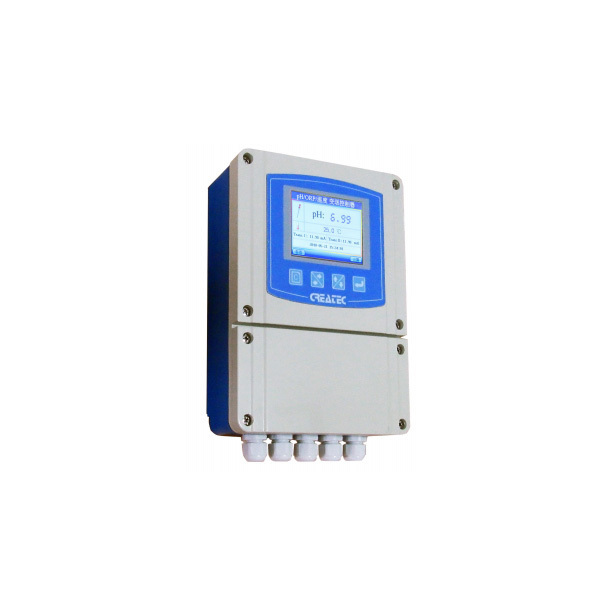Table of Contents
Understanding the Principles of Flow Measurement
Flow meters are essential devices used in various industries to measure the rate of flow of liquids or gases through a pipeline. Understanding how a flow meter works is crucial for ensuring accurate measurements and efficient operations. In this article, we will delve into the principles behind flow measurement and explore the inner workings of a flow meter.
At its core, a flow meter operates based on the principle of measuring the volume or mass of a fluid passing through a specific point in a given period. This is achieved by detecting the velocity of the fluid and converting it into a measurable quantity. There are several types of flow meters available, each utilizing different mechanisms to measure flow rates accurately.
One common type of flow meter is the differential pressure flow meter, which works by creating a pressure drop across a constriction in the flow path. The pressure difference is then correlated to the flow rate using a calibration curve. Another widely used flow meter is the electromagnetic flow meter, which measures the flow rate by inducing a voltage in the fluid and measuring the resulting electromagnetic field.
Ultrasonic flow meters, on the other hand, utilize sound waves to measure the velocity of the fluid. By transmitting ultrasonic pulses through the fluid and measuring the time it takes for the pulses to travel between two points, the flow rate can be calculated. Thermal flow meters operate by measuring the heat transfer between a heated sensor and the flowing fluid, with the heat transfer rate proportional to the flow rate.
| Model | EC-8851/EC-9900 High Precision Conductivity/Resistivity Controller |
| Range | 0-200/2000/4000/10000uS/cm |
| 0-20/200mS/cm 0-18.25M\u03a9 | |
| Accuracy | Conductivity:1.5%;\u00a0 Resistivity:2.0%(FS) |
| Temp. Comp. | Automatic temperature compensation based on 25\u2103 |
| Oper. Temp. | Normal 0\uff5e50\u2103; High temp 0\uff5e120\u2103 |
| Sensor | 0.01/0.02/0.1/1.0/10.0cm-1 |
| Display | LCD Screen |
| Current Output | 4-20mA output/2-10V/1-5V |
| Output | High/Low limit dual relay control |
| Power | DC24V/0.5A or |
| AC85-265V\u00b110% 50/60Hz | |
| Working Environment | Ambient temperature:0\uff5e50\u2103 |
| Relative humidity\u226485% | |
| Dimensions | 96\u00d796\u00d772mm(H\u00d7W\u00d7L) |
| Hole Size | 92\u00d792mm(H\u00d7W) |
| Installation Mode | Embedded |
Coriolis flow meters are based on the principle of Coriolis force, which causes a vibrating tube to twist when fluid flows through it. The degree of twisting is directly proportional to the mass flow rate of the fluid. Vortex flow meters, on the other hand, rely on the principle of vortex shedding, where vortices are shed from a bluff body placed in the flow path. The frequency of vortex shedding is proportional to the flow rate.

Each type of flow meter has its advantages and limitations, depending on the specific application requirements. Factors such as the type of fluid being measured, the flow rate range, and the accuracy needed all play a role in selecting the most suitable flow meter for a particular application. It is essential to consider these factors carefully to ensure accurate and reliable flow measurements.
In conclusion, flow meters play a crucial role in various industries by providing accurate measurements of fluid flow rates. Understanding the principles behind flow measurement and how different types of flow meters work is essential for selecting the right device for a specific application. By choosing the appropriate flow meter and ensuring proper installation and calibration, businesses can optimize their operations and improve efficiency. Flow meters are indispensable tools for monitoring and controlling fluid flow, making them an essential component in many industrial processes.

